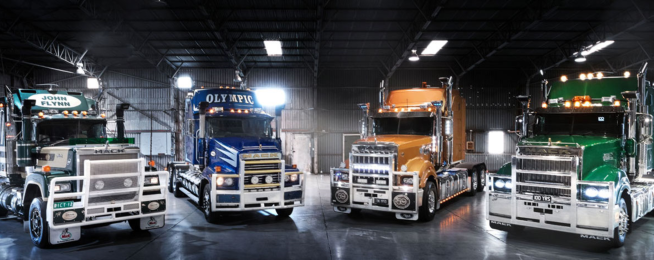Even though the nation is in an economic recession truck traffic keeps ploughing ahead.
And from the shape of the stimulations packages aimed at getting us out of this COVID-induced slough, there will even more of them sharing our roads soon.
That is why it is now critically important that the pressure is kept up to make sure these vehicles become good citizens on our roads, and less of a risk to bike riders and pedestrians.
A new initiative from the National Heavy Vehicle Regulator and the Australian Road Research Board (ARRB) is a move in the right direction.
ARRB has recently published a draft guide to good practice in managing the impacts of road transport and logistics activities on community road safety.
Called the Construction Logistics and Community Safety – Australia (CLOCS-A) – a practical guide, the document has been developed with input from a range of stakeholders including representatives from government, industry, and the community with the aim to go beyond legal minimums in Australia’s efforts to improve the safety of pedestrians, cyclists and motorcyclists around trucks.
The CLOCS-A initiative was inspired by the success of the CLOCS Program established in the United Kingdom in reducing road trauma associated with construction logistics.
Australia’s national regulatory environment for truck safety has been historically weak. Bicycle Network has been fighting for years for the compulsory fitting of side under-run protection on heavy vehicles, without agreement from Canberra policy makers.
Fortunately, some of the major infrastructure projects such as the Melbourne Metro Tunnel took the lead and inserted CLOCS-style requirements into their contract documentation.
But outside of these big projects, progress has been tardy.
However this new guide should see a new focus on introducing proven risk reduction measures across the industry, including safe roads, safe vehicles, safe speeds and safe people.
It raises many of the important issues, such as the prevalence of blind spots, and treatments to reduce the risks so-caused.
However the document itself has a blind spot, and that is the failure to recognise that many of the trucks used in construction in Australia are totally inappropriate for use in urban environments, and in fact are already, or will soon be, banned from the streets of many major world cities.
See our story on vision and truck design here.
Become our friend
Find out more about Bicycle Network and support us in making it easier for people to ride bikes.


